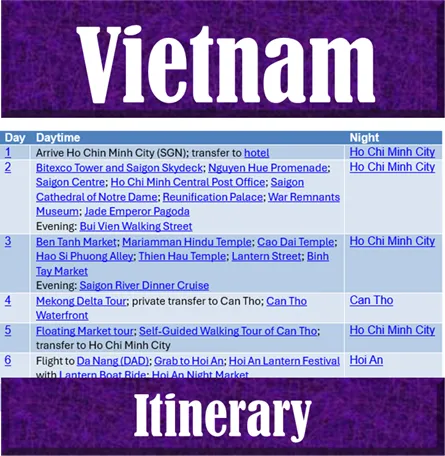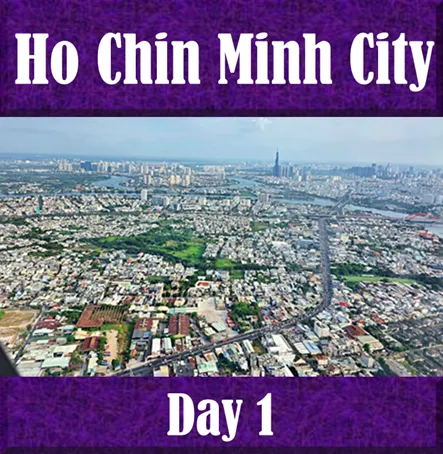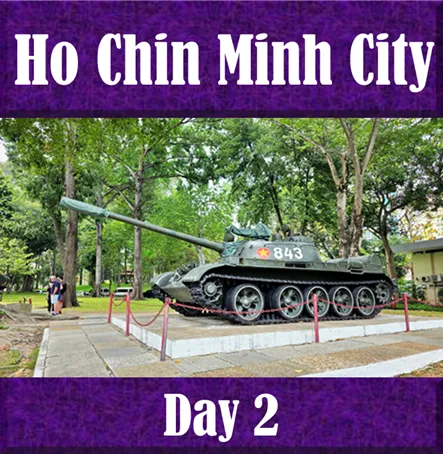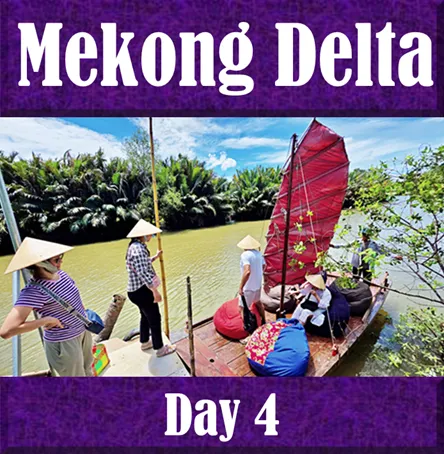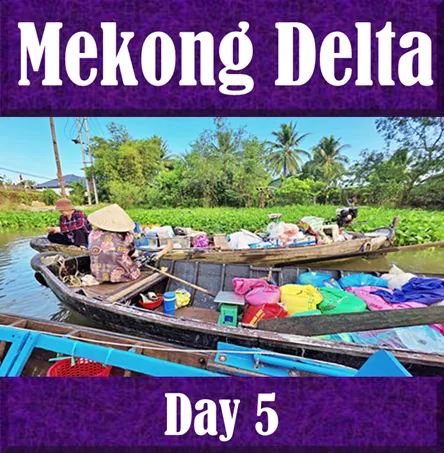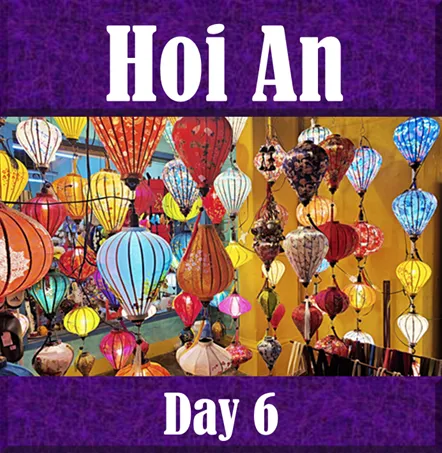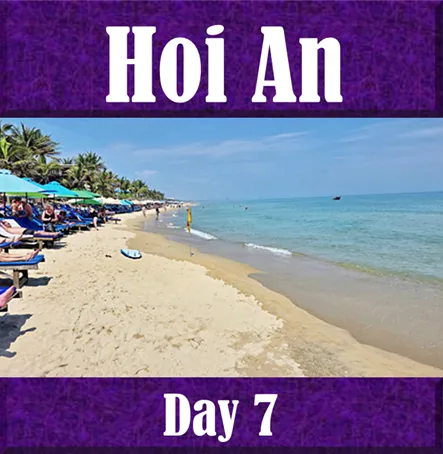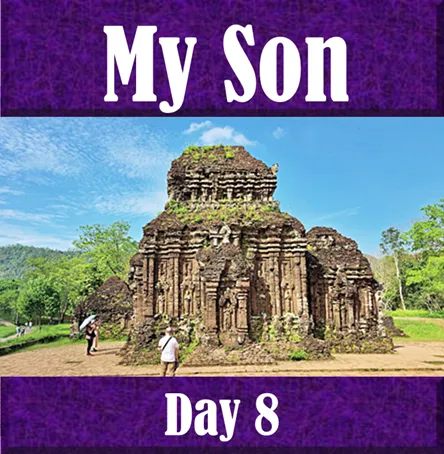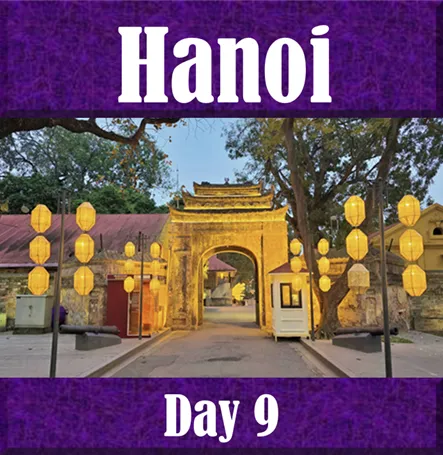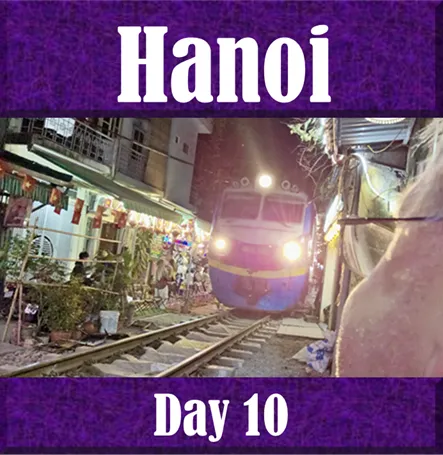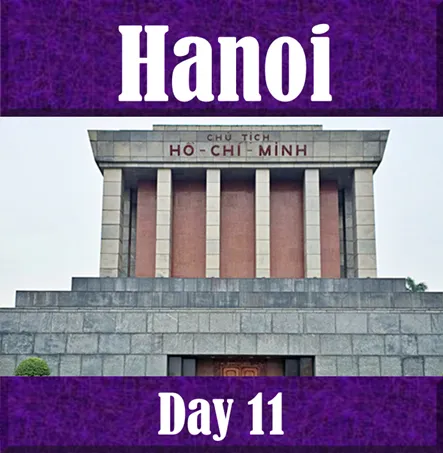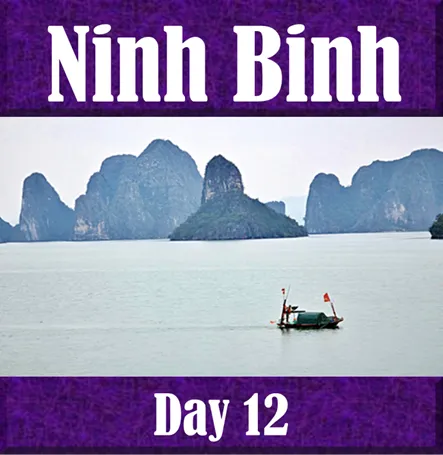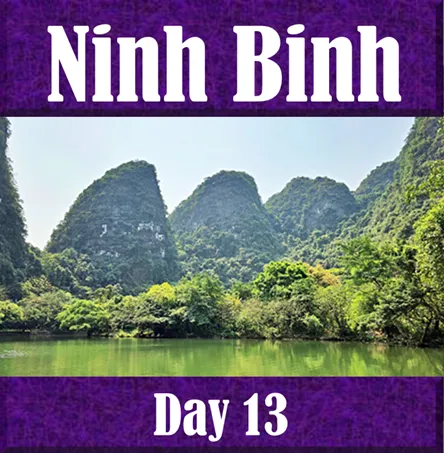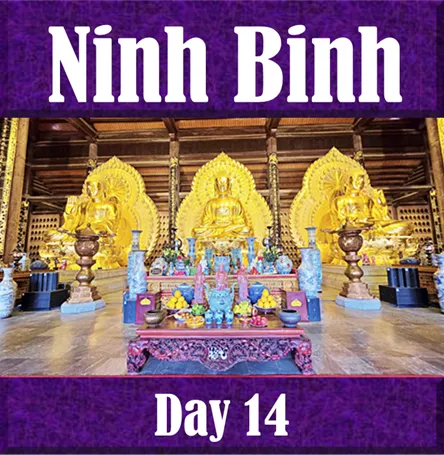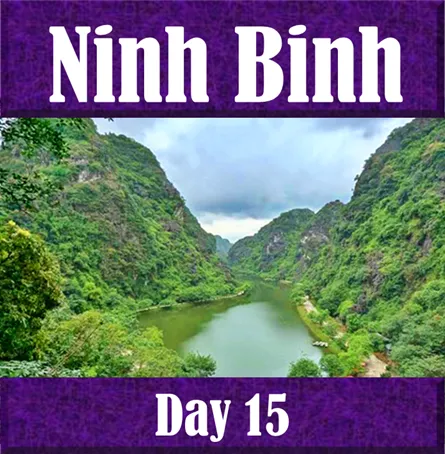Japanese Covered Bridge, Hoi An: History, Temple & Architecture Guide | Vietnam Purple Travel Guide
(map, reviews)
This is Premium Content! To access it, please download our
Backpack and Snorkel Purple Travel GuideWalking through the Japanese Covered Bridge is free, but accessing the interior counts as one of your five permitted destinations on the Hoi An Ancient Town Ticket.
A Bridge Built by Merchants, and its Legend
The Japanese Covered Bridge was constructed around 1593 to connect the Japanese settlement with the Chinese quarter across the Thu Bồn River’s small canal. Beyond its practical function, the bridge also had spiritual importance. It was built to calm a mythical sea monster known as Namazu, a creature believed to live beneath the Earth and cause natural disasters. According to local lore, building the bridge over the monster’s spine would help protect the town from earthquakes and floods.
The bridge is also known as Chùa Cầu, which translates to ‘Pagoda Bridge’, because of the small temple built into the middle of the structure. This pagoda is dedicated to Trấn Vũ, the Taoist god of weather and protector of Hoi An.
Today, the Japanese Covered Bridge is one of Vietnam’s most iconic historical landmarks, and has become a symbol representing Hoi An Ancient Town.
It stands as a UNESCO-listed treasure and one of the top things to see in Hoi An.
With its unique architecture, cultural symbolism, and photogenic charm, the Japanese Covered Bridge is likely on every Hoi An visitor’s to-do list, and thus a must-visit attraction in Hoi An.
Here are some photos that we took – look at the light reflection at night:
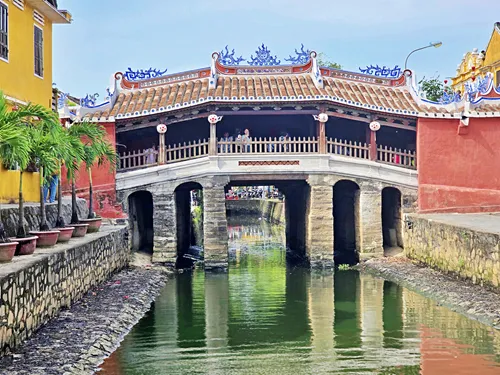
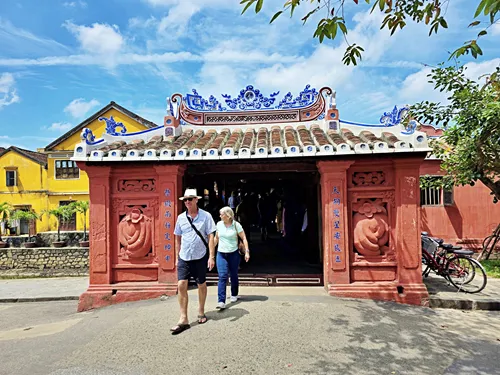
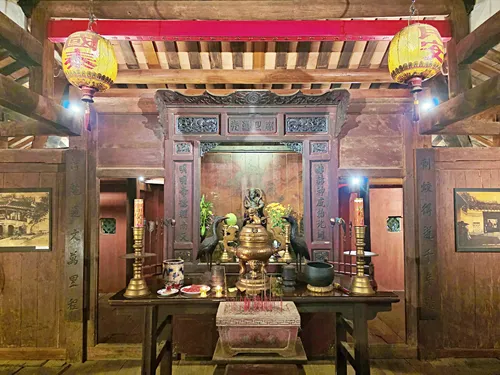
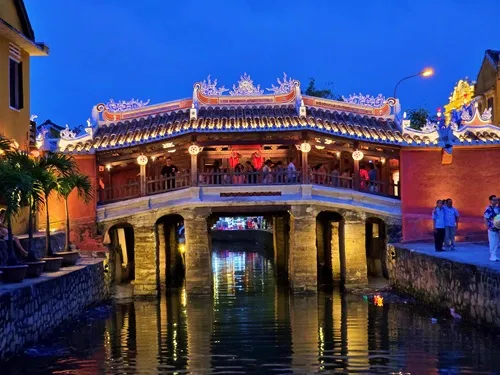
Unique Architecture and Design of the Japanese Covered Bridge
What sets the Japanese Covered Bridge apart is its architectural fusion. While it was built by Japanese traders, the bridge actually reflects a blend of Japanese, Chinese, and Vietnamese influences, a testament to Hoi An’s international past.
Constructed from solid wood and stone, the bridge features:
A curved tiled roof to protect from the sun and rain
Decorative carvings of animals and spiritual motifs
Two statues of monkeys and two statues of dogs at either end, believed to represent the lunar years in which the bridge was begun and completed
Inside the bridge’s central section is a small but beautifully maintained altar to the weather god, where locals still leave incense offerings.
Practical Information
Opening Hours: The bridge is open daily, and we have never seen passageway being closed. Access to the interior requires the Hoi An Ancient Town ticket – and is open daily, generally from 7:00am to 5:30pm, but our impression is that it may sometimes be open longer.
Photography Tip: The exterior is best photographed in the early morning or evening when the lighting is soft and crowds are fewer. Don’t miss the reflections in the canal, especially during the Hoi An Lantern Festival.
Here at Backpack and Snorkel Travel Guides, we promote self-guided walking tours.
But we realize that not everybody likes to walk by themselves in a foreign city. So, just in case that you rather go with ab guide: NO PROBLEM! Please see the Viator tours below.
paid Viator tours
Where do you want to go now?
Author: Rudy at Backpack and Snorkel
Bio: Owner of Backpack and Snorkel Travel Guides. We create in-depth guides to help you plan unforgettable vacations around the world.
Other popular Purple Travel Guides you may be interested in:
Like this Backpack and Snorkel Purple Travel Guide? Pin these for later:





